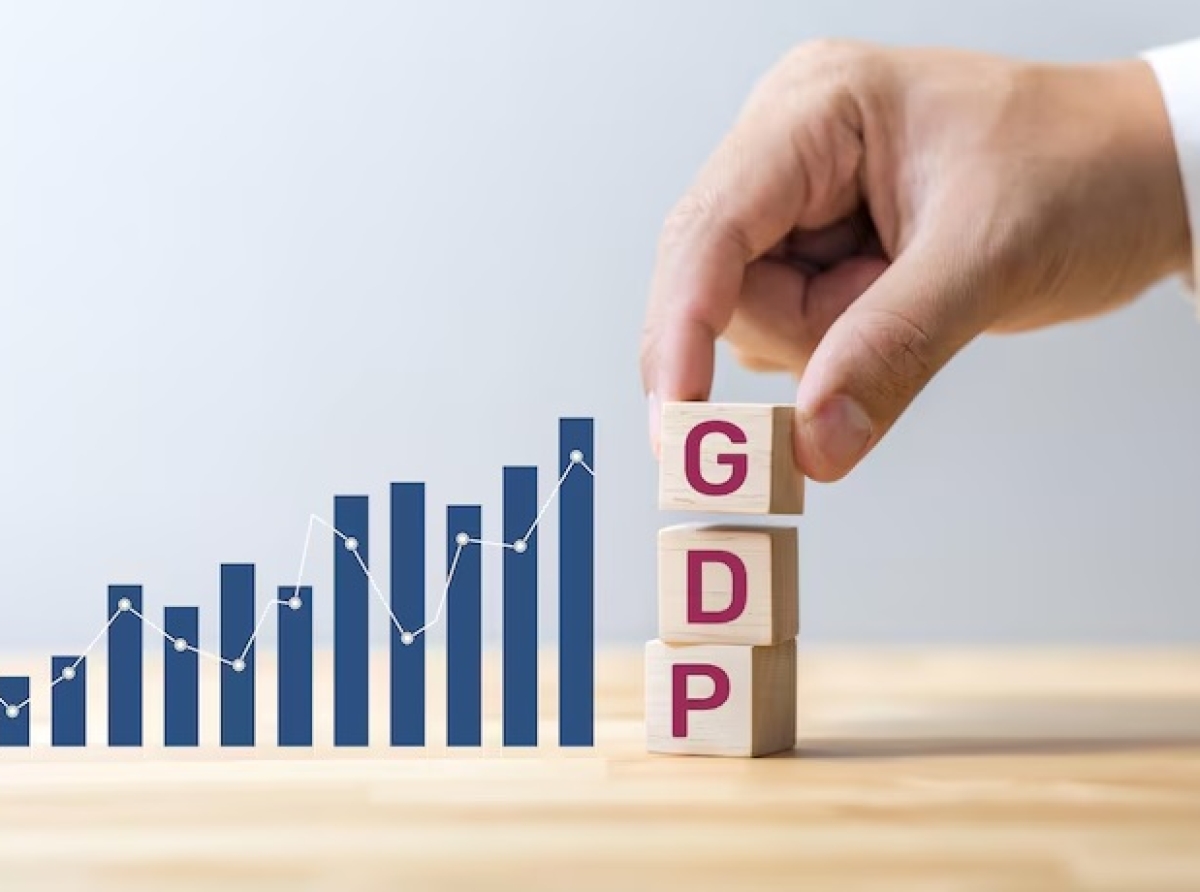State Domestic Product Report 2024-25: A tale of uneven growth and shifting consumer spending

The recently released 'Estimates of State Domestic Product 2024-25' by the Directorate of Economics and Statistics gives a peek into India’s economic landscape at the sub-national level.
While the report indicates an overall positive growth path, closer examination reveals significant disparities in growth rates across states and union territories, with varied impacts on consumer spending patterns across the country.
Overall growth and key drivers
The report estimates a real GDP growth of 6.5 per cent for the 2024-25 fiscal year, a notable figure against the backdrop of global economic fluctuations. This growth is primarily attributed to robust performances in sectors such as:
• Construction: At 8.6 per cent growth, it’s led by infrastructure development and a buoyant real estate market in several regions.
• Financial, real estate & professional services: A 7.2 per cent growth indicates a maturing financial sector and increasing demand for professional services.
• Trade, hotels, transport, communication & services related to broadcasting: Growth at 6.4 per cent reflects increased mobility, tourism, and the continued expansion of the digital economy.
• Private final consumption expenditure (PFCE): This is expected to register a healthy growth of 7.6 per cent, a crucial indicator of overall economic activity and a primary driver of GDP.
High flyers and lagging regions
The state-wise data unveils a fascinating spectrum of economic performance. Based on available data for 18 states and union territories, Tamil Nadu emerges as the frontrunner with an impressive real GSDP growth rate of 9.69 per cent. This remarkable growth, the highest in the state's recent history, is propelled by strong performances across its tertiary (services) and secondary (manufacturing and construction) sectors.
Andhra Pradesh follows closely with a growth rate of 8.21 per cent, showcasing the economic dynamism in the southern part of the country. Conversely, while specific data for all states are not yet available, trends suggest that some states might be experiencing relatively lower growth.
Historical data indicate that states like Meghalaya, Goa, and Puducherry have had lower average growth rates in the past. The current report's full details, once released, will provide a clearer picture of the bottom end of the growth spectrum for FY 2024-25.
Table: Top performing states
|
Rank |
State/UT |
Real GSDP growth rate (%) |
|
1 |
Tamil Nadu |
9.69 |
|
2 |
Andhra Pradesh |
8.21 |
|
3 |
Assam |
7.94 |
|
4 |
Rajasthan |
7.82 |
|
5 |
Haryana |
7.55 |
Impact on consumer spending
The difference in state-level growth rates is bound to have a differentiated impact on consumer spending across the country.
• High-growth states: Higher economic growth typically translates to increased job creation and higher incomes for the populace. This increase in disposable income fuels greater consumer confidence and a higher propensity to spend. As incomes rise, consumers tend to shift their spending towards non-essential goods and services such as entertainment, travel, high-end electronics, and premium brands.
Increased savings and disposable income may also lead to higher investments in assets like real estate and financial instruments. For example, Tamil Nadu with its robust 9.69 per cent growth, cities like Chennai, Coimbatore, and Madurai are likely to witness a rise in demand for retail, hospitality, and entertainment sectors. We might see increased sales of automobiles, consumer durables, and a rise in spending on leisure activities and dining out.
• Low-growth states: Lower growth rates often mean limited income growth and potentially higher unemployment, leading to cautious consumer behavior. Consumers in these regions are likely to prioritize spending on necessities such as food, fuel, and basic healthcare.
Price becomes a more significant factor in purchasing decisions, with consumers seeking value-for-money and potentially delaying discretionary purchases. If a state experiences significantly lower growth, its cities might see slower growth in retail sales, and consumers might be more inclined towards budget-friendly options. Demand for premium products and luxury services might remain subdued compared to high-growth regions.
Future outlook
Analyzing historical GDP growth trends reveals that certain states have consistently performed well, while others have lagged. Factors such as industrialization, urbanization, infrastructure development, and policy initiatives play a crucial role in shaping these growth trajectories.
The current report suggests a slight moderation in the overall GDP growth rate compared to the previous fiscal year (FY 2023-24), which saw a growth of 9.2 per cent. This moderation could influence the overall pace of increase in consumer spending nationwide.
Table: Historical GDP growth rates
|
State |
|
2023-24 (%) |
Average (2012-24) (%) |
|
Tamil Nadu |
|
8.23 |
6.37 |
|
Andhra Pradesh |
|
6.19 |
6.46 |
|
Maharashtra |
|
7.96 |
5.63 |
|
Gujarat |
|
8.94 |
8.32 |
|
Karnataka |
|
5.98 |
7.69 |
The 'Estimates of State Domestic Product 2024-25' underscores the diverse economic realities across India. While the country continues on a growth path, the varying speeds of growth at the state level will lead to distinct consumer spending patterns.
High-growth states are likely to experience a surge in discretionary spending and investment, while slower-growing regions might see consumers remain focused on essential needs and value. Understanding these regional nuances is crucial for businesses and policymakers alike to formulate effective strategies and ensure inclusive economic development across the nation.
























